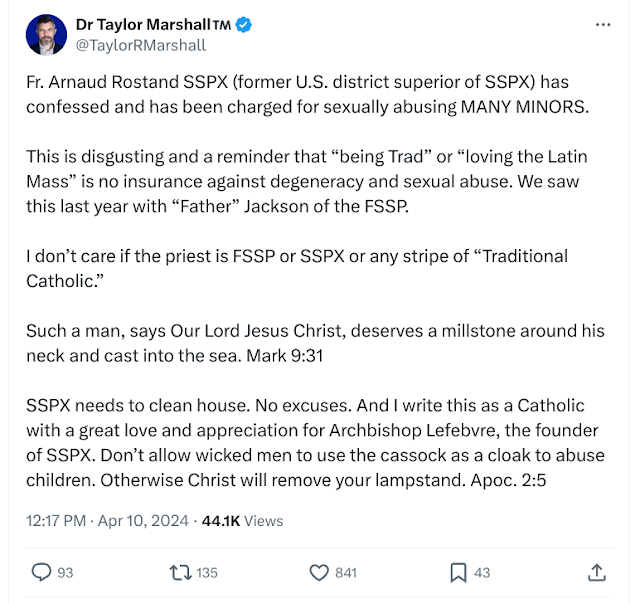THE CONVIVIO, BOOK 2 Chapter 1 BY DANTE ALIGHIERI
The Convivio
by Dante Alighieri
translated by Richard Lansing
Book 02
Now that by way of a preface my bread has been sufficiently prepared in the preceding book through my own assistance, time calls and requires my ship to leave port; thus, having set the sail of my reason to the breeze of my desire, I enter upon the open sea with the hope of a smooth voyage and a safe and praiseworthy port at the end of my feast. But so that this food of mine may be more profitable, I wish to show, before it appears, how the first course must be eaten.
As I stated in the first chapter, this exposition must be both literal and allegorical. To convey what this means, it is necessary to know that writings can be understood and ought to be expounded principally in four senses. The first is called the literal, and this is the sense that does not go beyond the surface of the letter, as in the fables of the poets. The next is called the allegorical, and this is the one that is hidden beneath the cloak of these fables, and is a truth hidden beneath a beautiful fiction. Thus Ovid says that with his lyre Orpheus tamed wild beasts and made trees and rocks move toward him, which is to say that the wise man with the instrument of his voice makes cruel hearts grow tender and humble and moves to his will those who do not devote their lives to knowledge and art; and those who have no rational life whatsoever are almost like stones. Why this kind of concealment was devised by the wise will be shown in the penultimate book. Indeed the theologians take this sense otherwise than do the poets; but since it is my intention here to follow the method of the poets, I shall take the allegorical sense according to the usage of the poets.(1)
The third sense is called moral, and this is the sense that teachers should intently seek to discover throughout the scriptures, for their own profit and that of their pupils; as, for example, in the Gospel we may discover that when Christ ascended the mountain to be transfigured, of the twelve Apostles he took with him but three, the moral meaning of which is that in matters of great secrecy we should have few companions.(2)
The fourth sense is called anagogical, that is to say, beyond the senses; and this occurs when a scripture is expounded in a spiritual sense which, although it is true also in the literal sense, signifies by means of the things signified a part of the supernal things of eternal glory, as may be seen in the song of the Prophet which says that when the people of Israel went out of Egypt, Judea was made whole and free.(3) For although it is manifestly true according to the letter, that which is spiritually intended is no less true, namely, that when the soul departs from sin it is made whole and free in its power. In this kind of explication, the literal should always come first, as being the sense in whose meaning the others are enclosed, and without which it would be impossible and illogical to attend to the other senses, and especially the allegorical. It would be impossible because in everything that has an inside and an outside it is impossible to arrive at the inside without first arriving at the outside; consequently, since in what is written down the literal meaning is always the outside, it is impossible to arrive at the other senses, especially the allegorical, without first arriving at the literal.
Moreover, it would be impossible because in every natural or artificial thing it is impossible to proceed to the form unless the subject on which the form must be imposed is prepared first–just as it is impossible for a piece of jewelry to acquire its form if the material (that is, its subject) is not first arranged and prepared, or a chest to acquire its form if the material (that is, the wood) is not first arranged and prepared. Consequently, since the literal meaning is always the subject and material of the other senses, especially of the allegorical, it is impossible to come to an understanding of them before coming to an understanding of it. Moreover, it would be impossible because in every natural or artificial thing it is impossible to proceed unless the foundation is laid first, as in a house or in studying; consequently, since explication is the building up of knowledge, and the explication of the literal sense is the foundation of the others, especially of the allegorical, it is impossible to arrive at the other senses without first arriving at it.
Moreover, even supposing it were possible, it would be illogical, that is to say out of order, and would therefore be carried out with great labor and much confusion. Consequently as the Philosopher says in the first book of the Physics, nature wills that we proceed in due order in our learning, that is, by proceeding from that which we know better to that which we know not so well; I say that nature wills it since this way of learning is by nature innate in us.(4) Therefore if the senses other than the literal are less understood (which they are, as is quite apparent), it would be illogical to proceed to explain them if the literal had not been explicated first. For these reasons, therefore, I shall on each occasion discuss first the literal meaning concerning each canzone, and afterwards I shall discuss its allegory (that is, the hidden truth), at times touching on the other senses, when opportune, as time and place deem proper.
1. the usage of the poets What Dante means in distinguishing between the allegory of the poets and the allegory of the theologians is not entirely clear and has given rise to endless speculation. The theologians insist on the veracity of all four levels of meaning, and conceived of the allegorical levels (the typological, tropological, and anagogical) to depend on a literal level which was historically true. In the allegory of the poets, as exemplified by the allusion to the myth of Orpheus, the literal level is a “bella menzogna,” a beautiful fiction having no basis in historical reality. In the allegory of the theologians, moreover, the second level always refers to some aspect of Christ’s historical being, of which he is the ideal type, which is not the case with the poets. The third and fourth levels are shared in common by both modes of allegory.
2. he took with him but three The apostles Peter, James, and John (see Matthew 17:1-8, Mark 9:1-7, Luke 9:28-36).
3. when the people of Israel went out of Egypt The reference is to Psalm 113, In exitu Israel de Egypto. Dante employs this same psalm in his Letter to Cangrande to illustrate the various levels of allegory, and the souls of the saved sing this psalm entering Purgatory.
4. the Philosopher See St. Thomas’ commentary to Phys. I, lect. 1.








Comments
Post a Comment